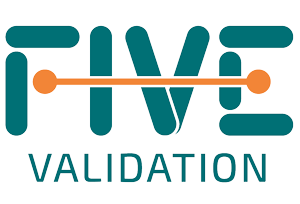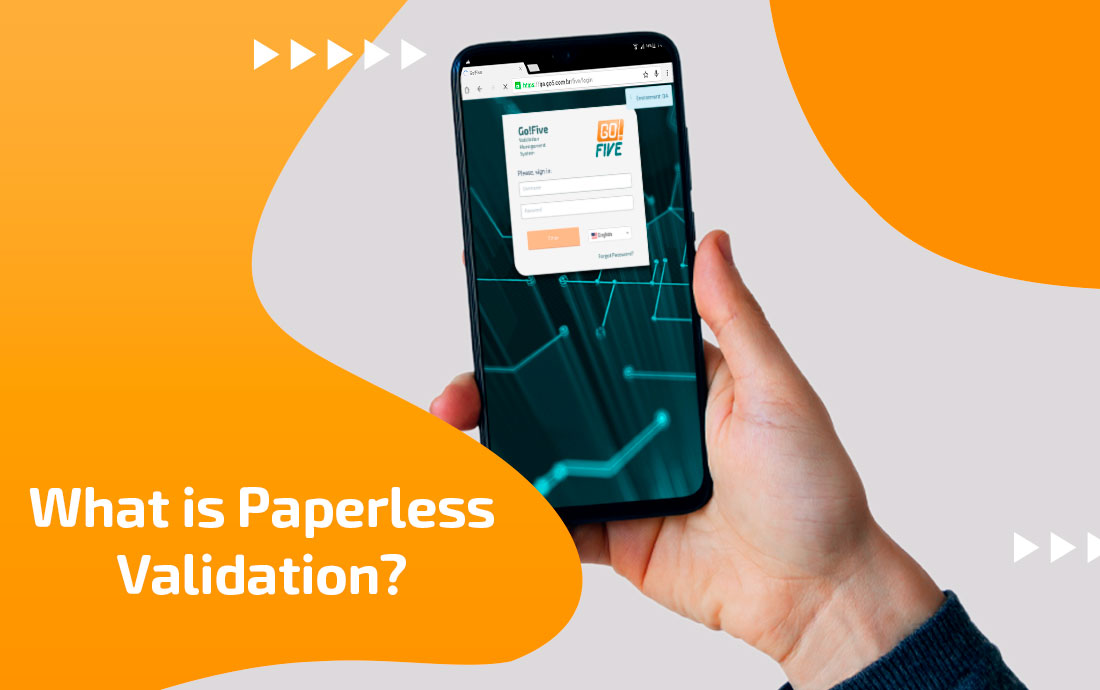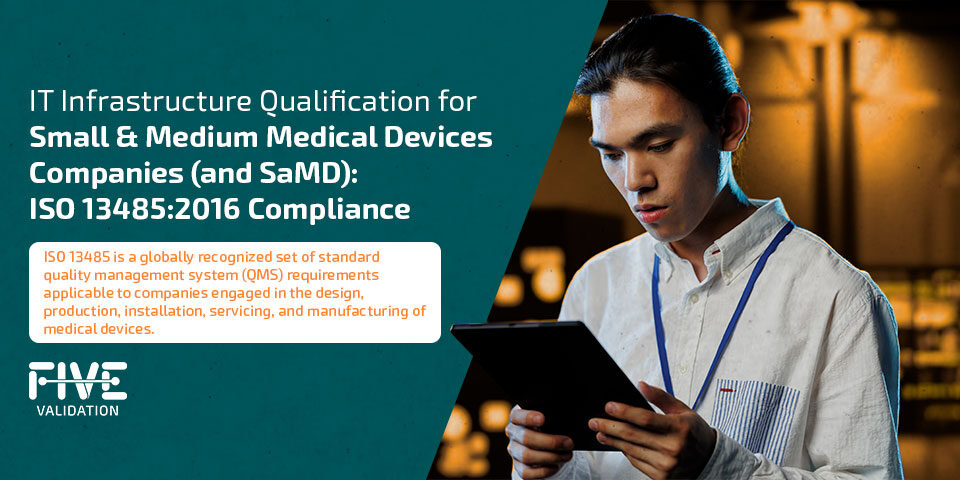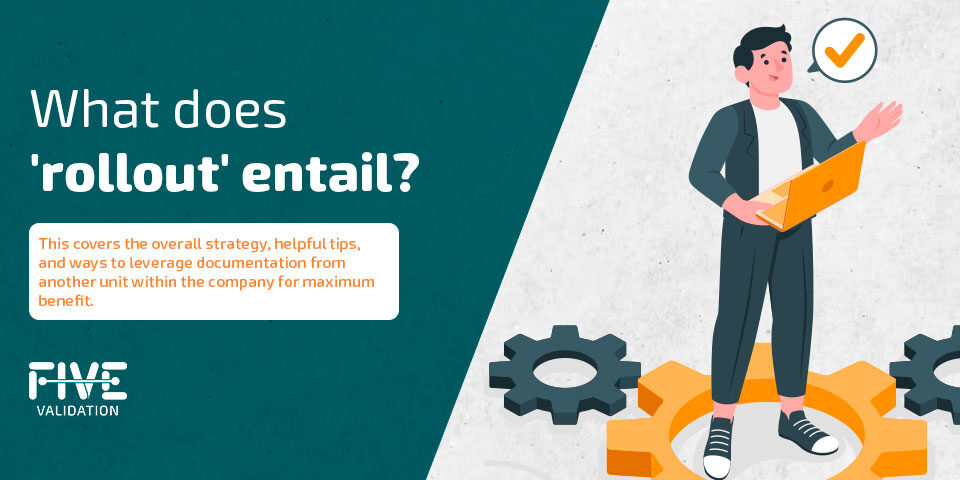Validation Principles – Collaborative Validation and Third-Party Support
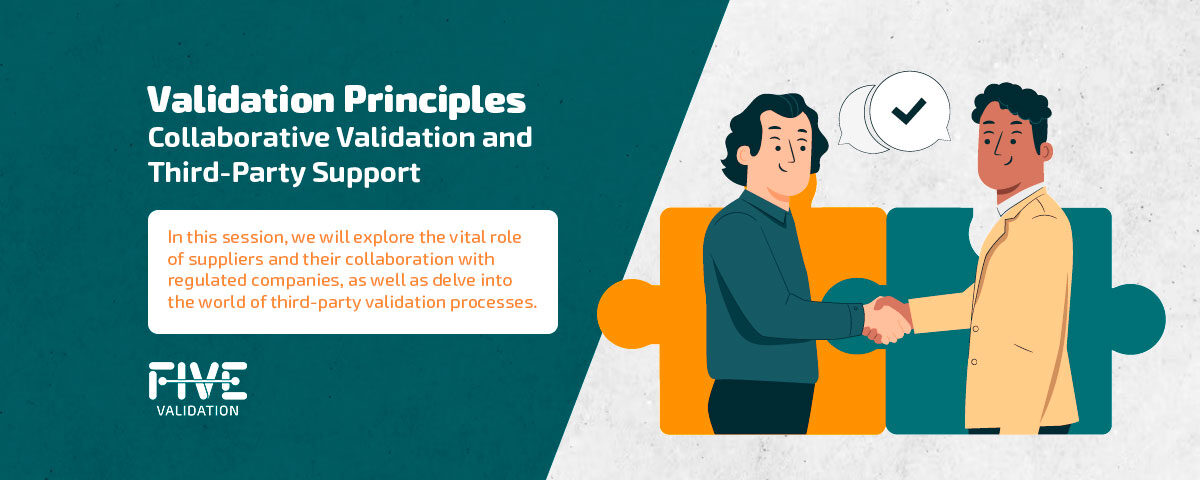
Welcome to our blog!
In this session, we will explore the vital role of suppliers and their collaboration with regulated companies, as well as delve into the world of third-party validation processes.


The Computerized Systems Life Cycle
In the world of regulated industries, creating computerized systems is akin to a symphony where users and suppliers play harmoniously. Each party has a distinct role to play, and the success of this partnership hinges on the fulfillment of specific responsibilities.
The Supplier's Role
On the supplier's end, having a well-structured quality system is pivotal. This quality system acts as the guiding compass, meticulously controlling and documenting every facet of the development process. Think of it as the roadmap that ensures each step is accounted for and aligns with industry standards. The supplier must craft the software while ensuring that quality and compliance are at the forefront of the development process.

The User's Role
Equally crucial is the role of the user. Users must effectively communicate their compliance needs to the supplier. This includes clearly articulating regulatory requirements such as Part 11, GAMP, and GMP rules. Essentially, the user acts as a bridge between the regulatory landscape and the development process.
Imagine the scenario of developing new software for a pharmaceutical manufacturing process. The supplier, armed with a robust quality system, meticulously documents each stage of development. Simultaneously, the user ensures that the supplier is well-versed in the specific regulations that pertain to the pharmaceutical or medical device industry. This collaborative partnership ensures that the final product not only meets the company's operational requirements but also seamlessly aligns with regulatory standards.
Third-Party Validation: A Neutral Perspective
Now, let's consider the scenario of third-party validation, a process that can be immensely beneficial when resources are scarce or impartial validation is required, such as in the case of validating an ERP (Enterprise Resource Planning) system. If you find yourself in need of assistance, our company, FIVE Validation, can step in to take charge of the entire documentation process.

From gathering information for the validation plan to producing the final report, we ensure a meticulous approach. Importantly, FIVE Validation takes on a neutral role. We do not favor any specific party, ensuring that the validation process remains impartial. We aim to safeguard the product, uphold data integrity, and prioritize the well-being of consumers and patients.
However, even with a third party involved, the responsibility for validation still lies with your company. It is imperative that you fully understand the content of the documentation, ensuring compliance, and knowing precisely where tests were conducted. Being well-informed is essential because being caught off-guard during an audit can lead to complications. It's important to note that some inspectors may not accept responses from third parties during audits.
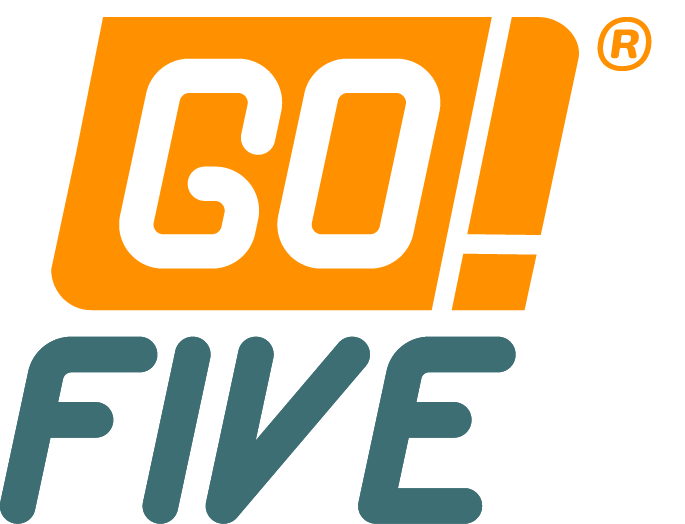
Streamlining Validation with Technology
This is where a Validation Lifecycle Management System (VLMS) such as GO!FIVE® Software can make a significant impact. If you're using electronic document formats, finding data swiftly becomes easier and more efficient compared to sifting through physical paper documents. This enhances your ability to promptly address audit inquiries.
When it comes to tests performed by third-party entities, these should undergo monitoring, review, and approval by your organization. It is not advisable to accept a validation package without your signature. Ensuring your active involvement is a responsible practice that maintains the integrity of the validation process.
In essence, third-party validation can be a collaborative solution, but it's crucial to remain engaged and informed. Understanding the process, collaborating effectively with your supplier, and utilizing tools like Digital Validation Software can streamline the journey, ensuring a well-documented and effective validation outcome that's ready to face audits with confidence.
Tired of time-consuming and expensive validations?
Utilizing our database or templates, which have over 15 years of experience in the field, can help save time and money that would otherwise be spent building and maintaining validation documents.
In addition to the system's extensive knowledge base, one can seek assistance from our experts to quickly initiate and develop their validation/qualification projects.
Do you want to talk with our specialists? Click here to schedule a meeting.
About the author:

Bruna Barros
Bruna is a highly educated professional with a bachelor’s degree in pharmacy and a Master's in Hematology. She also holds two MBA degrees, one in Health Innovation Management and another in Strategic Business Management.
Her expertise lies in computer systems validation and equipment qualification in life sciences industries, including pharmaceuticals and cosmetics. Additionally, she has experience in validating management systems like ERP, WMS, and CRM.
About the author:

Silvia Martins
She is an electrical engineer with 20 years of experience serving Biopharmaceuticals and Medical Devices companies. She received training in GAMP5 and FDA 21 CFR Part11 in England, SAP® validation in Germany, and Data Integrity and Data Governance in Denmark.
As CEO and co-founder of FIVE Validation, a company dedicated to streamlining compliance processes, Silvia is committed to making compliance faster and simpler for our clients.
About the author:

Lilian Ribeiro
She has nearly 10 years of technical and business experience in the food industry, specializing in corporate quality/quality control. Additionally, she has experience in the health/pharmaceutical sectors.
As a paperless validation enthusiast, she is passionate about bringing efficiency and innovation to Life Science companies.
Her expertise lies in validation and qualification projects, including VLMS, ERPs, EQMS, automation (PW), and IT Infrastructure Qualification.
GAMP5® second edition 2022
GAMP5® is a guide that has its intellectual rights reserved by ISPE™. Available for purchase at https://ispe.org/.
